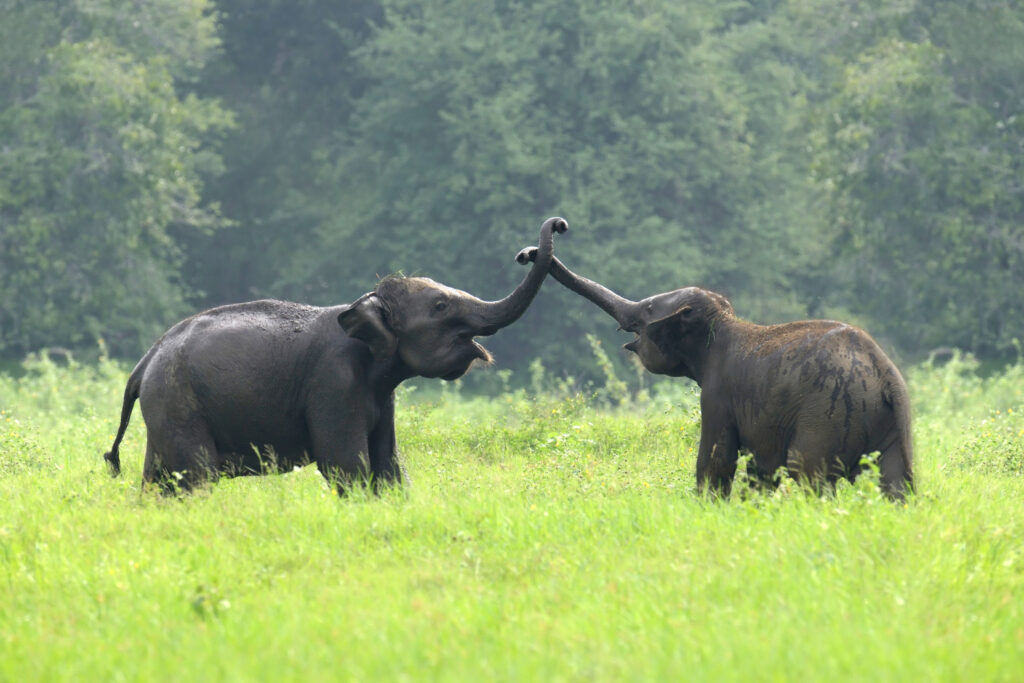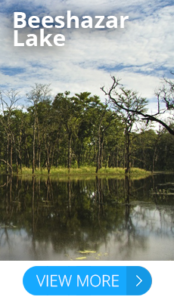
Human-wildlife conflict (HWC) is a major challenge for biodiversity conservation in Nepal. It is defined as the interaction between humans and wildlife that results in negative impacts on either or both parties. HWC can take many forms, including crop raiding, livestock predation, property damage, and injury or death to humans and wildlife.
The main causes of HWC in Nepal are:
- Habitat loss and fragmentation: As Nepal’s human population grows, more and more land is being converted to agriculture and other development. This reduces the amount of habitat available for wildlife, and forces them to come into closer contact with humans.
- Increasing human populations: Nepal’s human population has increased significantly in recent decades. This has led to increased pressure on natural resources, and increased competition between humans and wildlife.
- Climate change: Climate change is also exacerbating HWC in Nepal. For example, as temperatures rise, snow leopards are moving to higher altitudes in search of cooler temperatures. This brings them into closer contact with human communities, and increases the risk of conflict.
The most common types of HWC in Nepal are:
- Crop raiding by elephants, monkeys, and wild boars
- Livestock predation by tigers, leopards, and wolves
- Property damage by elephants and wild boars
- Injury or death to humans and wildlife from retaliatory killings, animal attacks, and road accidents
HWC has a significant impact on both humans and wildlife in Nepal. For humans, it can lead to loss of income, food insecurity, and displacement. For wildlife, it can lead to injury, death, and population decline.
The government of Nepal is taking a number of steps to mitigate HWC, including:
- Establishing protected areas: Nepal has established a network of protected areas that cover over 25% of the country’s land area. These areas provide important habitat for wildlife, and help to reduce conflict between humans and wildlife.
- Implementing compensation programs: The government also provides compensation to people who are affected by HWC. This helps to reduce the financial burden on affected communities, and discourages retaliatory killings of wildlife.
- Promoting community-based conservation initiatives: The government is also working with communities to develop and implement conservation initiatives that reduce HWC. These initiatives can include things like building electric fences, planting elephant-deterrent crops, and developing alternative livelihoods for people who are dependent on natural resources.
Despite these efforts, HWC remains a major challenge in Nepal. It is important to continue to work on mitigating HWC in order to protect both people and wildlife.



